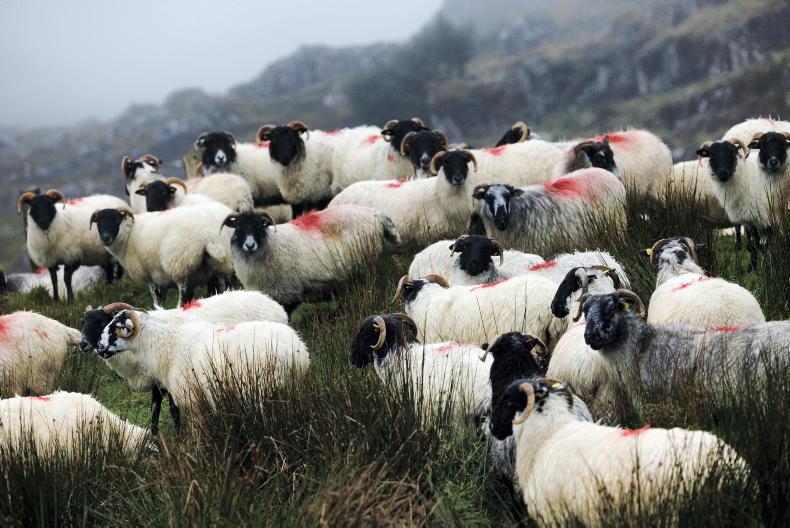A challenge facing the sheep sector in attempting to ship lamb to new customers is the proportion of throughput that is Bord Bia quality assured (QA), according to Bord Bia’s sheepmeat and livestock sector manager Seamus McMenamin.
McMenamin told Sheep Expo 2024 on Wednesday that this is not an issue seen in the beef sector, as almost all cattle slaughtered are Bord Bia QA.
“Another key challenge is that 95% of the beef that we export is quality assured so the customers are continually coming back and saying: ‘Your beef is quality assured. These are all the verifications you can give us. Why can’t you do the same for sheep?’
“And the challenge there is that we only have about 60-65% of our lambs quality assured so we can't provide the same level of verification when we are dealing with lamb customers as we can with the beef.

He suggested that as a result of these levels of QA scheme participation, the EU Green Claims Directive could have a bigger impact on marketing lamb than beef as marketing statements as simple as “grass-fed lamb” will need to be verified to comply with the new rules.
“Even though that seems ridiculous to farmers or people involved, unless you have some sort of model or verification method to back up everything that you want to say on a pack, it is not possible.”
Mid-season lamb
Another challenge seen in the sheep sector that is not faced when selling beef is the time lambs come on-stream for sale.
“One issue is the seasonality of production. We have more than enough QA lamb in the summer months and then in the early months of the year, we don’t have enough QA lamb to satisfy market demand,” McMenamin continued.
“It is an issue when you are trying to get customers on board to buy into the credentials we have.”
Small flocks and bonuses
The Bord Bia sheep manager outlined that small flock sizes and perceptions around compliance requirements may be some of the factors contributing towards lower QA scheme participation in the sheep sector in comparison to beef.
“Some would see it that the small flock size is one thing. We have a lot of part-time farmers that only have 100 ewes, if you try and get them into the scheme, it doesn’t necessarily give them the financial return that they see the investment,” he said.
“My comeback to that was that all of the paperwork and requirements that are in the Bord Bia scheme, certainly from a sheep perspective, are very similar to the legal requirements that you would have to keep anyways.
“It is not any more onerous than normal sheep production.”
McMenamin also stated that some farmers view the QA bonus as not “big enough to incentivise people into the scheme."
“I can understand that but we have no control over that. We provide the scheme, we provide a way to verify it, but it is up to the commercial entities as such to dictate what they are willing to pay for QA product.”
